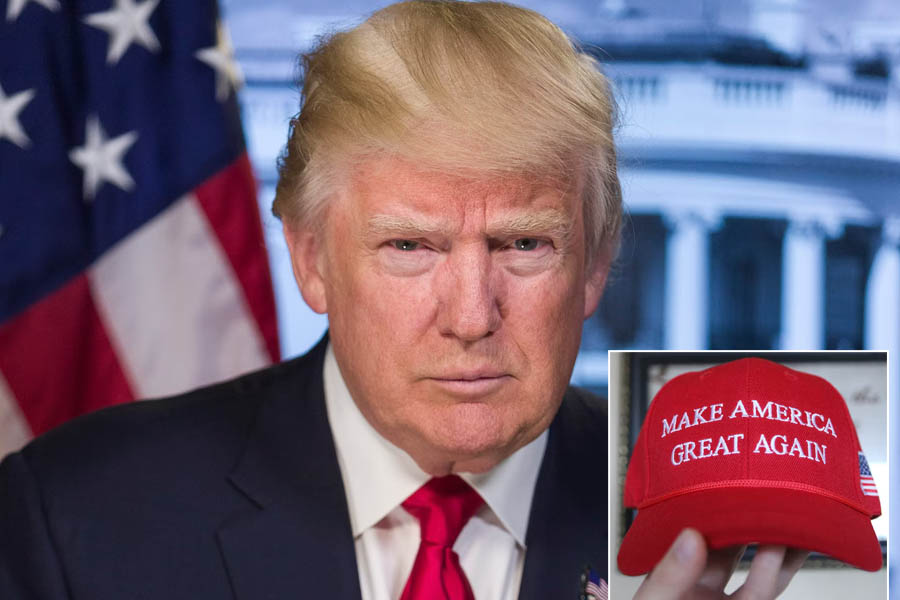
In a surprising turn of events, Donald Trump, former President and current candidate, is unveiling a transformative vision for American government, promising a second term unlike any other. Rooted in a plan developed by conservative organizations, led by the Heritage Foundation's Project 2025, Trump's blueprint is gaining attention for its bold approach to governance and democracy.
Trump's Three-Pronged Strategy for a New Era
Loyalty at the Core:
Trump's first objective is to populate key government positions with loyalists, a move aimed at countering what he perceives as resistance within his own appointees. Backed by the Heritage Foundation and numerous Trump-aligned organizations, this initiative plans to introduce 20,000 potential appointees across government agencies, prioritizing allegiance over experience.
Reshaping Civil Service:
The second phase involves revisiting the Schedule F executive order, an attempt to convert career civil servants into political appointees. While critics argue it could be a profound change, proponents believe it's a necessary step to instill a sense of loyalty. This controversial move could, according to Trump supporters, lead to a more responsive and efficient government.
A Legal Framework for Change:
Trump's third strategy revolves around creating a legal framework to empower him to protect himself, target political adversaries, and push policy goals without congressional approval. The plan involves placing Trump loyalists in key legal positions, emphasizing a departure from traditional conservative Federalist Society lawyers in favor of those willing to support Trump's vision.
A Defense of Trump's Vision
Efficiency Over Bureaucracy:
Advocates argue that Trump's plan seeks to streamline government operations, placing efficiency at the forefront. By infusing loyalists into key positions, the administration aims to create a more responsive and cohesive government, breaking free from the perceived sluggishness of bureaucracy.
Restoring Presidential Power:
Supporters contend that Trump's push for a maximalist unitary executive theory is a legitimate effort to restore presidential power. By centralizing control and reducing independent decision-making pockets, Trump aims to enhance the effectiveness of the federal government and ensure a unified approach to governance.
Legal Gatekeepers for Bold Action:
Trump's allies assert that the move to install more aggressive and ideologically aligned legal gatekeepers is not about undermining democracy but rather about ensuring a legal rationale for decisive actions. By aligning legal perspectives with the President's vision, they argue, the administration can navigate challenges more effectively.
Conclusion: A Vision for Change or a Threat to Democracy?
As Trump and his allies lay the groundwork for a potential second term, the nation stands at a crossroads, debating the merits and risks of the proposed changes. While some see a visionary plan to revitalize American governance, others fear the erosion of democratic values. The coming years will undoubtedly be pivotal, determining the direction of the United States and the principles that will guide its government.